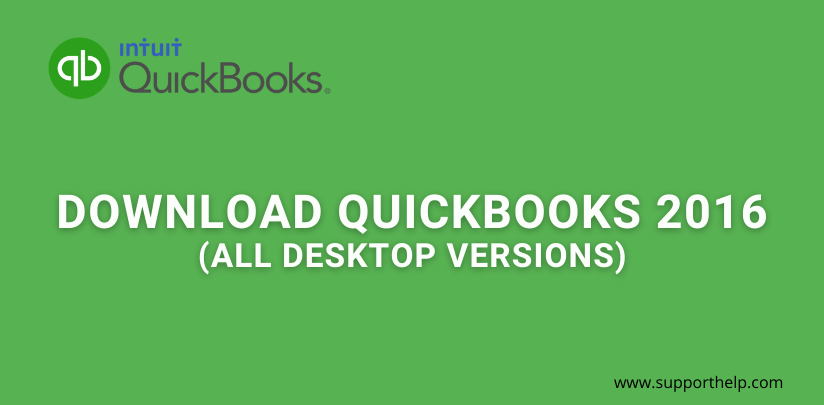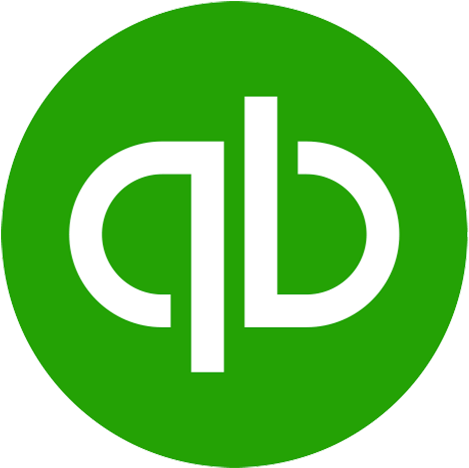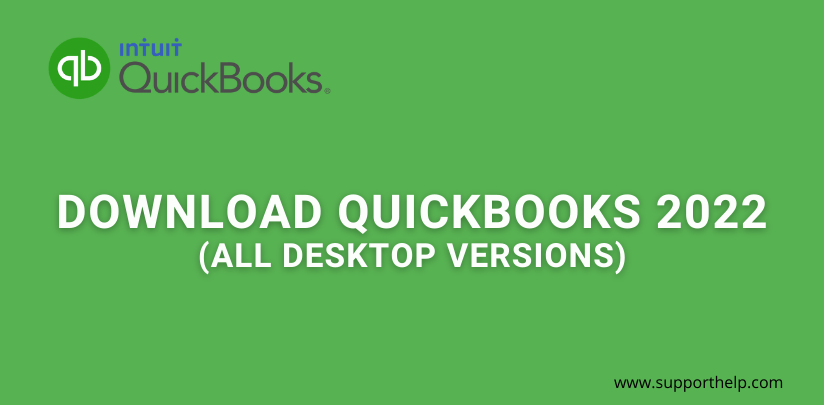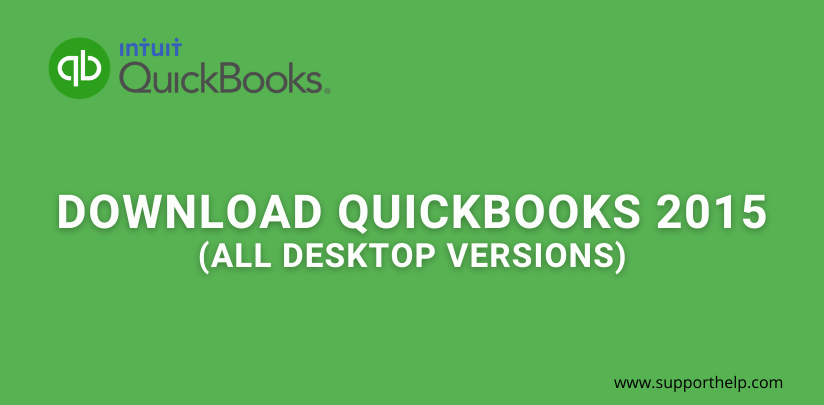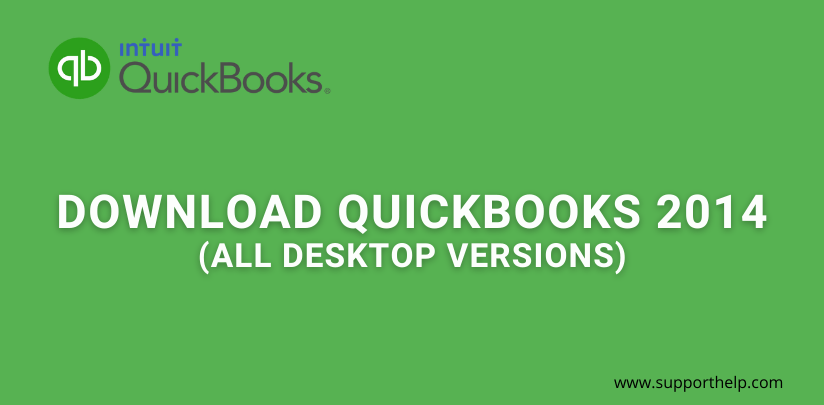How To Write Off Bad Debt In Quickbooks Online And Desktop
If a customer refuses to pay the debts to a company, the issued original invoice remains unpaid and becomes a bad debt. This will make it hard to run reports and reconcile company accounts. Before you record any bad debt, you need to create a tracking-built account or transactions. Through this, you can utilize the Quickbook's Discounts and Credits option to list the debt down while organizing the same for tax purposes in a separate register.
When you say bad debt, it simply means the customer can no longer pay you, and you can't collect repayment. If you use the accrual accounting method in your business, you can write off these bad debts in the form of deduction. You can ensure that your net income and accounts receivables are up-to-date by writing off these uncollectible debts.
Writing off bad debts via Quickbooks Online
Here's how to write off bad debt with the use of Quickbooks Online:
Step 1: Go through your account receivables and see which are already aging.
Go over your receivables or invoices, which could fall under the 'bad debt' category through the tool called Accounts Receivable Ageing Detail report. Afterwhich, skim through the reports menu and open the tool. Check the outstanding accounts that are candidates for write-off.
Step 2: Make an expense account for bad debts.
To do this, go to the dashboard's settings and choose �Chart of Accounts. After that, look and pick New at the upper right side of the page to start creating a new account. Scroll and choose "Expenses.' Lastly, choose "Bad Debts" under detail type before saving and closing.
Step 3: Input and work on the bad debt
If you haven't done this part yet, you can do so by creating a bad debt placeholder using a non-stock item. This won't be an actual item, but it can be used to balance your accounting process. To do this, you need to select Products and Services under settings. After that, go to New and choose non-stock. Input 'bad debts' under the name field. Choose bad debts from the income account drop-down menu. Save before closing.
Step 4: Designate a bad debt credit note.
To do this, you have to go to the settings and pick + New before selecting the credit note item. Choose customer from the drop-down menu. Under Service/Product, choose Bad debts. After that, go to the Amount column and input the write-off amount. If you see the statement box, input 'bad debt.' Remember to save first before closing.
Step 5: Apply the designated credit note to its respective invoice.
Again, to do this, go to the settings and pick + New. Go to the Customers menu and choose Receive payment. After that, choose the right customer. Go to the outstanding transactions and choose the correct invoice. After that, go to the credits section and choose the credit note. Remember to save first before closing. The bad debts will now appear under the Profit and Loss portion in the expense account for Bad Debts.
Step 6: Run the report.
If you want to see all the account receivables that you previously tagged as bad debts, you need to run the QuickReport. And to execute this, you need to go to the settings tab and choose Chart of Accounts. Here, you can easily run the report.
Writing off Bad Debts in QuickBooks Desktop
QuickBooks Desktop and Online have different processes in writing off bad debts. And since we're done discussing the process for QuickBooks Online, let's go over the process on how to write off bad debt with QuickBooks Desktop.
Step 1: Go through the accounts receivables aging report.
To do this, go to the QuickBooks' left side panel and choose Reports. Under Reports, look for AR Aging using the search bar found at the top of the page. Here, you can go through the existing AR by clicking the AR Aging Detail Report.
Step 2: Create an Account for Bad Debts
The next step is to create an account dedicated to bad debts in the software. To do this, go and choose the gear icon. In the My Company section, pick the Chart of Accounts. Here, you can choose to open a new account. Choose Expenses from the drop-down menu under Account type. Next, you need to designate an account for bad debts by choosing bad debts in the detail type drop-down menu. Input bad debt under the name field. Always save before closing.
Step 3: Designate a Bad Debt Item for Service or Products
To do this, you need to click the Gear icon to choose Product and Services in the lists. Choose a non-inventory item and name it Bad Debt. Afterwhich, uncheck the check box with the label 'Is Taxable.' Remember to save first before closing.
Step 4: Designate a bad debt credit memo.
To do this, you have to go to the dashboard and pick + New before selecting the credit memo item. Choose customer from the drop-down menu. Under Service/Product, choose Bad debts. After that, go to the Amount column and input the write-off amount. If you see the statement box, input 'bad debt.' Remember to save first before closing.
Step 5: Apply the designated credit note to its respective invoice.
Again, to do this, go to the settings and pick + New. Go to the Customers menu and choose Receive payment. After that, choose the right customer. Go to the outstanding transactions and choose the correct invoice. After that, go to the credits section and choose the credit memo. Make sure that the amount appearing in this section is 0.00. Remember to save first before closing. The bad debts will now appear under the Profit and Loss portion in the expense account for Bad Debts.
If you find it hard to navigate your QuickBooks software, don't worry. It's common to suffer birth pains when you're still getting the hang of the software. In the long run, creating a credit memo or credit note will be as easy as a breeze. Soon, writing off debts would not be as tasking as going through all the steps.
Related Articles
